Most folks experience of maple syrup is the type found lurking amongst the saucy condiments of the supermarket shelves, all gloopy and tooth-achey in dinky plastic bottles. Whilst this stuff is perfectly adequate for squirting over an overdone pancake, point a native of Quebec in the direction of one of these carob-fortified*, Frankensteinian syrups and you’ll likely to hear a shrill cry of anguish followed by a stream of expletives (probably in French).
Proper 100% maple syrup – pure and uncut – hails from the north of America and Canada, the principal sap-tapping state being Quebec, which sucks over 8 million gallons of sap a year. They are the undisputed sap-daddies, largely down to the local abundance of the three native maple tree varieties used to make the syrup – the sugar maple (Acer saccharum), the black maple (Acer nigrum), and the red maple (Acer rubrum).
A good sap-inducing climate is also essential. The cold Canadian nights and warm days between February and March are perfect, creating the pressure needed for the tree to start pumping the sap down to its root system. The actual tapping process follows the same rules as it has done for centuries. An upwardly angled, two inch deep hole is drilled into the south facing side of the maple tree, just above a large root or below a large branch. A spile is then hammered into the hole, off which a bucket is hung to collect the sap.
The next stage in the process is to drag the sap laiden buckets over to a sugar shack**, where the tree juice is heated in vats to evaporate off the excess water, forming a concentrate that is then graded, depending on density and translucency.
Like this…
Golden: More than 75% translucent.
Amber: 50.0 to 74.9% translucent.
Dark: 25 to 49.9% translucent
Very Dark: Less than 25.0 percent translucent.
Black: You’ve burnt the sap. Get back to the woods with you.
And the greatest use for maple syrup? Yep, it does the job on waffles, and using it as a suntan lotion for roast parsnips certainly brings a touch of Delia Smith to the proceedings. But more interestingly (for us), maple syrup is a brilliant fruity/sugar addition for a whole host of cocktails and long drinks.
Here are three fine maple syrup cocktails that’ll make your inner Mountie yodel with joy.
The Nor’easter Cocktail
2 oz. Bourbon
1/2 oz. Lime juice
1/2 oz. Maple syrup
Ginger Beer
Fill a cocktail shaker with ice then add the bourbon, lime juice and maple syrup. Shake like an angry beaver then strain into a tumbler and top with lashings of ginger beer.
The Winter Warmer
1 oz. Dark rum
1/2 oz. Cognac
1 oz. Maple syrup
Cup of milk
Heat the milk over a flaming campfire, throw in the rum and cognac, stir in the maple syrup then slurp like a thirsty moose.
The Woodstock
1 1/2 oz. Gin
1 oz. Lemon juice
1 oz. Maple syrup
A dash of orange bitters
Shake with ice from a frozen lake, strain into a cocktail glass. Sip. Swallow. Chirp like chipmunk.
Want to find out more sappy facts?
Go here…
*Carob is used to bolster volume. It’s way cheaper to produce than maple syrup, and tastes, er, similar-ish. This kind of ‘knock-off’ syrup is derogatorily referred to as ‘sirop de poteau’ (‘pole syrup’), inferring that the poor quality gloop has been made by tapping telephone poles.
**Imagine a low-rent version of Willy Wonka’s Chocolate factory, made from logs.
Thanks to the maple syrup promotional team for supplying samples of the syrup
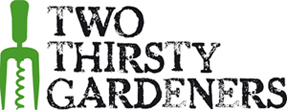

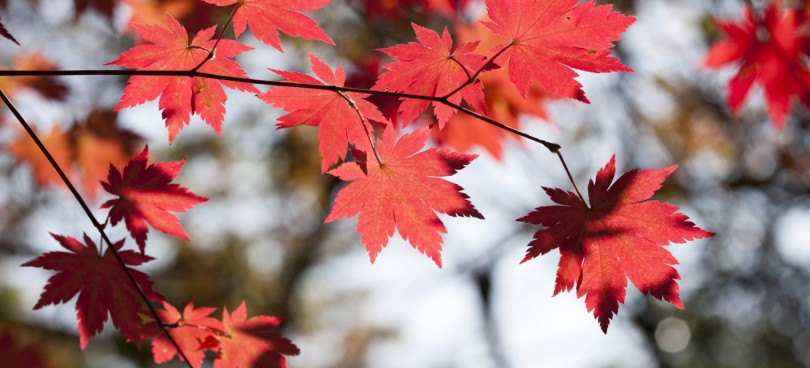
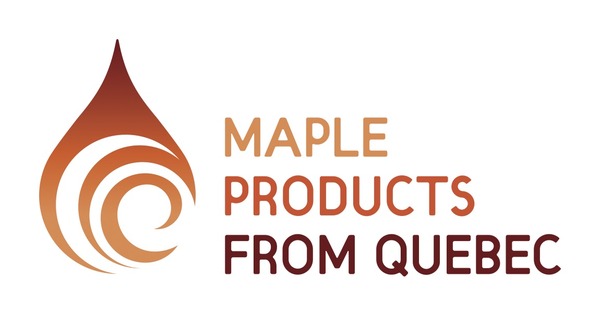
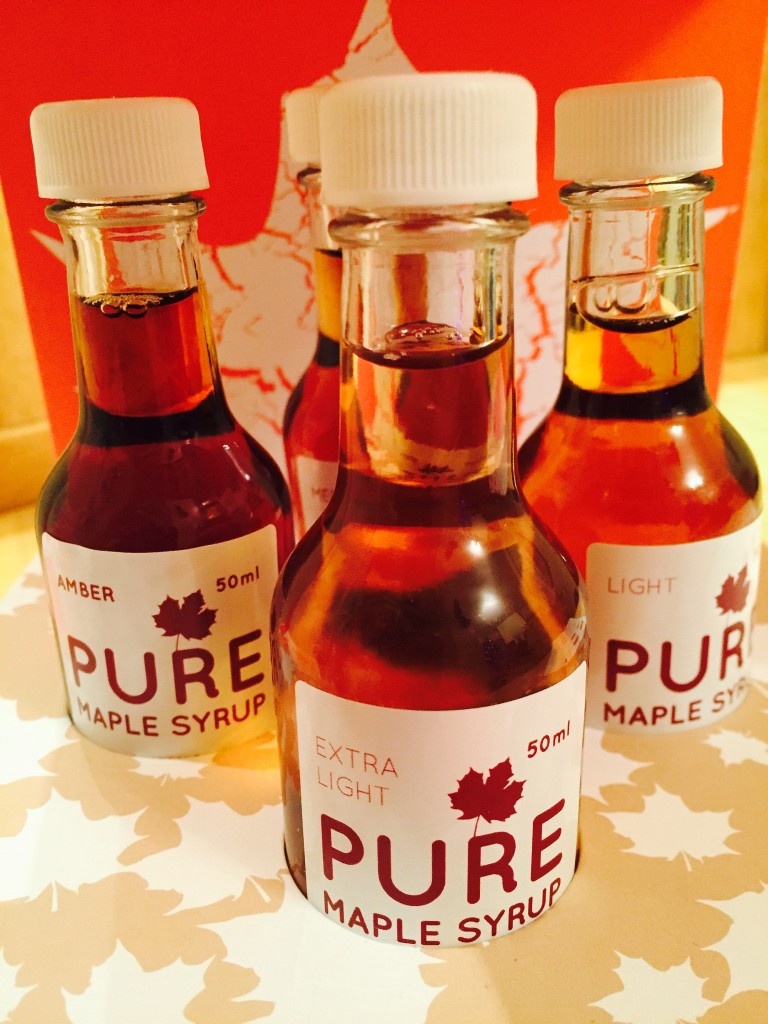
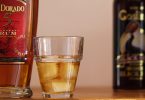
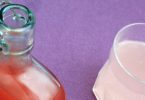
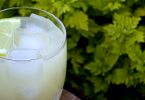
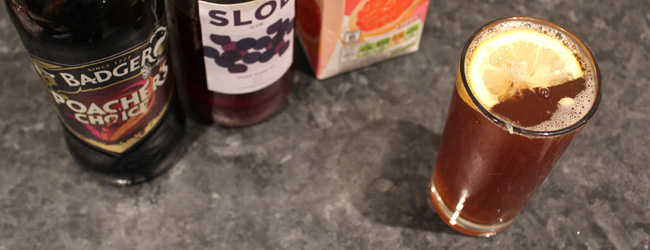
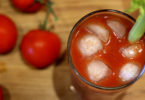
Try maple syrup in super strong coffee instead of sugar, kinda gets the heart thumpin`. Why don`t we grow the trees in this green and pleasant land, and send our French speaking chums a bit of a message? Isn`t Glasgow on the same latitude as Halifax? All that real estate north of the place not doing a lot except as a play ground for the well heeled, and hunting,shooting, fishing oiks.